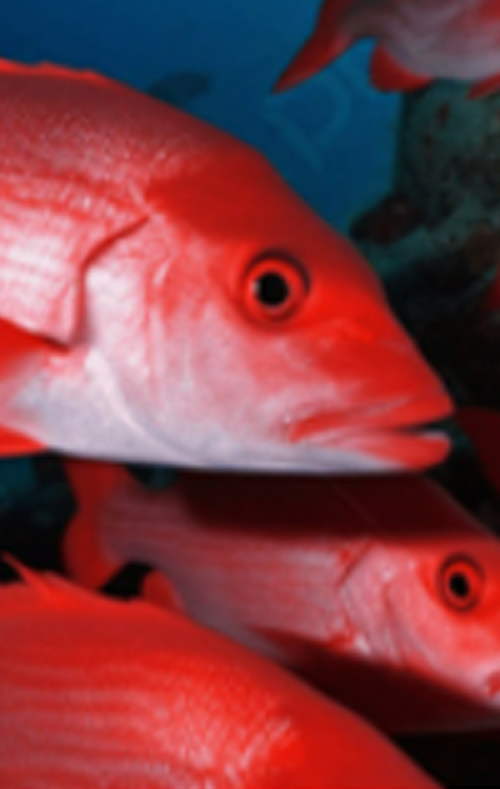

What is Aquaculture?
Aquaculture is the controlled cultivation of aquatic organisms, primarily for human consumption. Similar toagriculture, it focuses on raising fish instead of plants or livestock and is often called fish farming. Much of theseafood available at your local grocery store is likely labeled as farmed fish. Aquaculture occurs globally, inenvironments such as coastal ocean waters, freshwater ponds and rivers, and even land-based tanks.
How it works?
The methods involved in aquaculture’s farm-to-table process can vary by species, typically encompassing fourstages in the production chain, from hatcheries to the seafood counter in your grocery store.
The first stage in the aquaculture production chain is the hatchery, where fish are bred, eggs are hatched, and youngfish are reared through their early life stages. Once the fish reach maturity, they are transferred to farms, where theyare grown to harvest size using feed produced at feed mills, another step in the aquaculture process. Afterward, thefish are transported to processing facilities, where they are packaged and distributed to food retailers and grocerystores. That’s where you come in.
Why is it important?
As overfishing of our oceans and natural resources continues to escalate, alternative sources of seafood areessential to meet the demands of the planet’s growing population. “Unfortunately, the days of the ocean’s naturalproductivity providing for the planet are over. Wild fish have been exploited for generations, and some estimatessuggest that the annual catch of edible marine protein has already peaked. The oceans cannot naturally meet the demand for seafood.




